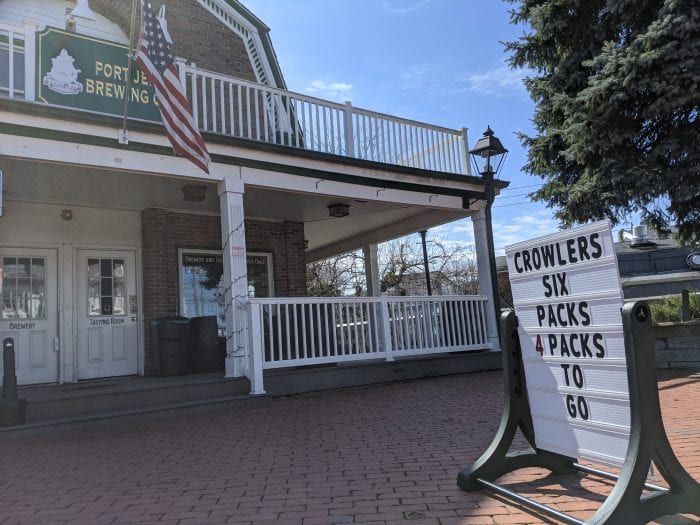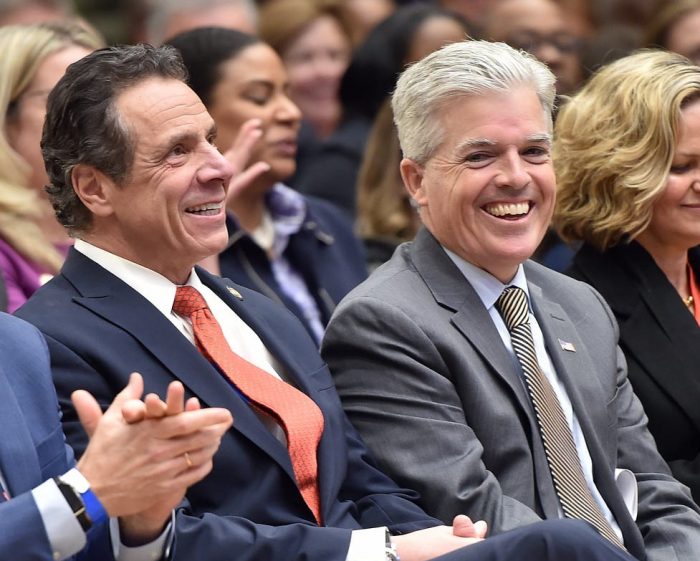At a recent rally, protesters of the lockdown asked why a reporter’s job was deemed essential when theirs weren’t. The question is a fair one, even though the way it was posed at a May 14 rally in Commack had reporters fearing for their safety.
Dissatisfied with the way News 12 Long Island’s Kevin Vesey reported a previous rally that took place May 1, protesters began to approach him aggressively as he took video footage with his smartphone for Facebook Live, which quickly went viral over the internet. First, there were two women with megaphones and then a few others joined in the shouting match. Vesey’s response was to keep backing up as he answered them calmly and continued recording.
One of our editors was also reporting on the scene and was on hand for the confrontation, moving in closer to hear the protesters’ concerns. It was concerning the way the small crowd questioned “who was essential” with such anger. With distrust in the media growing for years, exacerbated by constant “fake news” remarks, there seems to be less and less places safe enough for local reporters to simply report the news.
If our reporter could have answered the question posed by the angry protesters and interrupted Vesey’s replies, she would have told them that if the media wasn’t deemed essential during this time, elected officials would only communicate with the public if they felt like it. They could put out whatever information they wanted to without being challenged.
President Donald Trump (R) did not calm the situation when he took the viral video of Vesey being confronted and lauded the small band of protesters, giving them and others the green light to their anti-free press rhetoric and intimidation. What should happen if Trump’s words result in violence toward journalists?
What if that violence was directed at one of our members at our local newspaper?
If we weren’t deemed essential, there would be no one there to ask the questions that are on people’s minds. You see, journalists are not creative writers. We don’t decide what we want to write every day and then make it up as we go along. We attend press conferences, we conduct interviews, we research — and we ask the questions that we believe are on our readers’ minds.
And when those in our coverage area have something to say, we print their letters to the editors, and we cover their events and rallies as best as we can. We do everything in our power to get the facts straight and to represent both sides of an issue if people on each side are willing to talk.
The Setauket Patriots, one of the organizers of the protests, apologized to Vesey for his treatment, saying they hope the reporter will offer fair coverage of the group’s events.
That is what reporters set out to do. Though we are forced to recognize we are human, and sometimes we make mistakes, a rally in Commack, New York, is not a place for such tense conflict. No reporters on such a scene should be fearful for their safety. We are there to relate what is on protesters’ minds in their own words.
While it’s understandable that people are in distress about their livelihoods, Vesey should have been approached in a less aggressive manner and with respect to personal space, especially when he obviously tried to respect the health of the people around him by wearing a mask and trying to keep 6 feet away.
Americans ask that the media be fair; we ask the same of Americans.



















